7 Biblical Artifacts That Will Probably Never Be Found
The Search
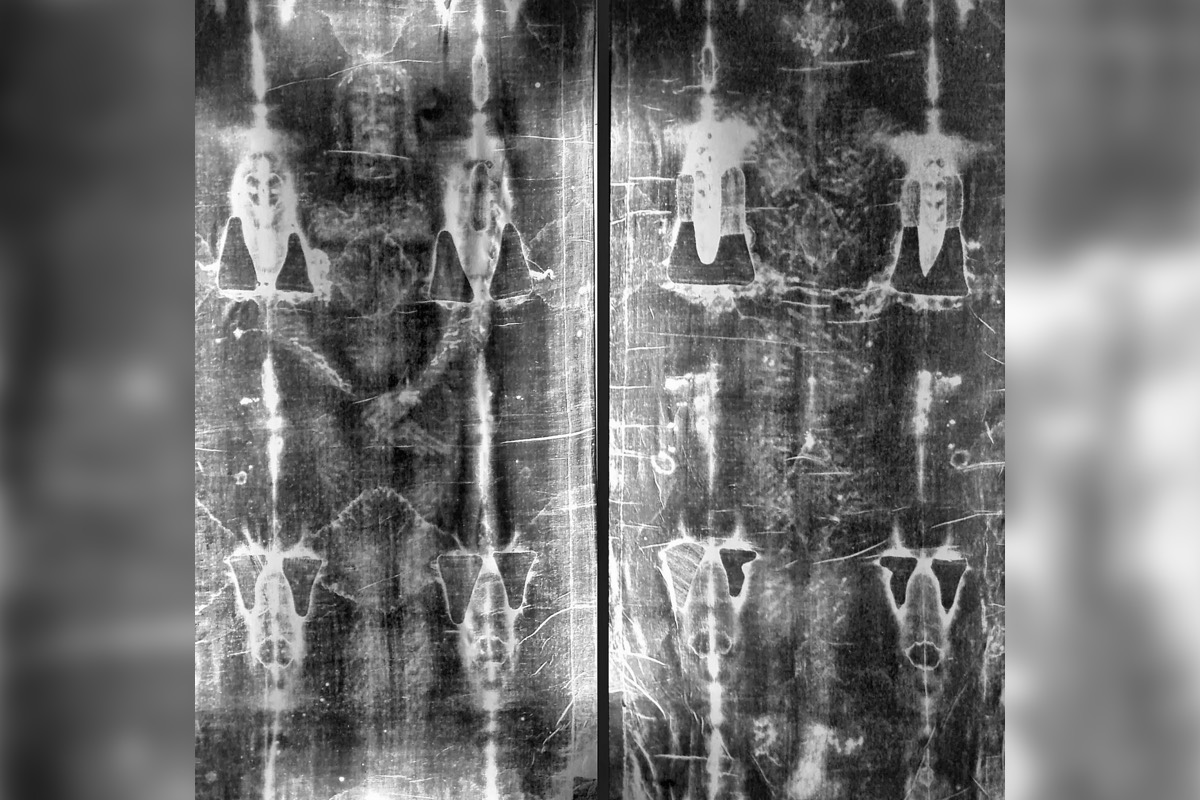
The world of the Bible continues to fascinate scholars and the general public. Numerous excavations going on in Israel, Palestine, Jordan, Egypt and other countries in the Middle East aim to help researchers better understand the stories written inside the book. Archaeologists view some parts of the Bible as a loose historical record, but there's no way to verify (without finding actual artifacts) what is true and what is fiction.
While many incredible biblical artifacts, such as the Dead Sea Scrolls, have been discovered, some such artifacts will likely never be found. Here's a look at the biblical artifacts that will likely never turn up.
Ark of the Covenant
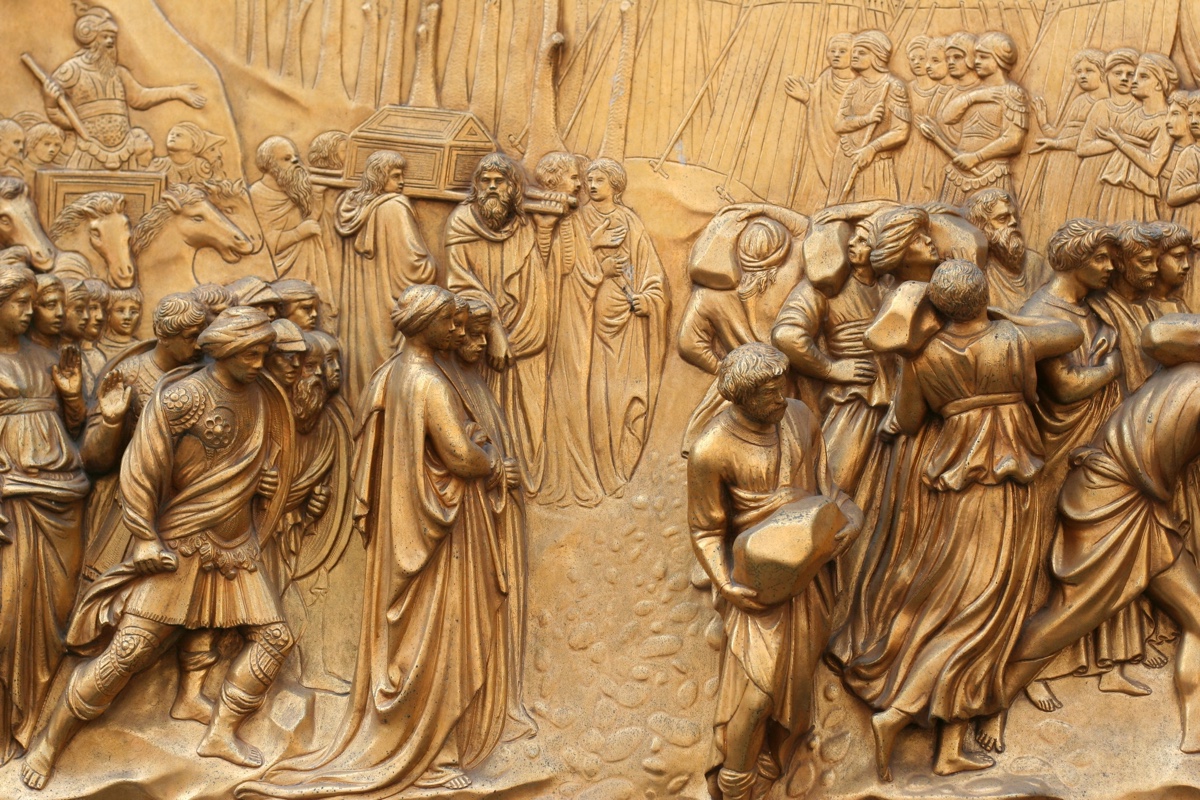
According to the Hebrew Bible, God commanded that Moses tell the Israelites to build the ark of the covenant and store within it tablets inscribed with the Ten Commandments. The ark was made out of acacia wood and covered in gold.
During the reign of King Solomon (sometime around 3,000 years ago), the first temple, the holiest place in Judaism, was constructed in Jerusalem. The ark of the covenant was kept within the temple until 587 B.C., when the Babylonians conquered Jerusalem, destroying much of the city, including the temple. It's not clear what happened to the ark after that. Some stories say that it was hidden before the Babylonians reached the temple, with one legend claiming that the ark "shall not be revealed until the day of the coming of the Messiah, son of David."
Another legend proposes that the ark was taken to Ethiopia, where it now resides within the Church of Our Lady Mary of Zion. A scholar named Edward Ullendorff claimed that he managed to see this ark during World War II and that it is not the original ark. Whatever happened to that original, it appears unlikely that it will be rediscovered.
Noah's Ark
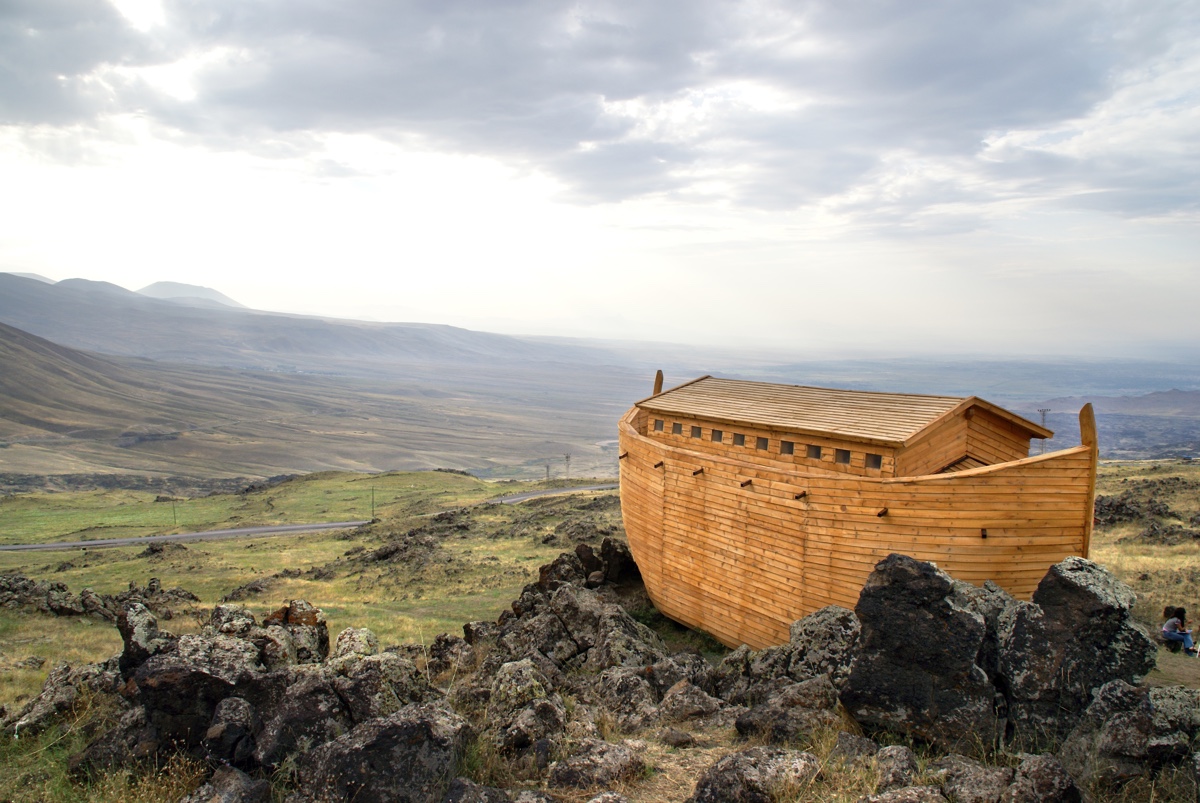
A story told in the Hebrew Bible says that God flooded the entire world because humans were becoming too wicked. Before this happened, God told a man named Noah, whom God believed to be righteous, to build a massive ark made of cypress wood and house within it Noah's wife and children, along with male and female pairs of every living creature. That way, the world could be repopulated after the flood.
After the ark was built and the creatures placed inside it, according to the Hebrew Bible, the Earth was flooded for 150 days, killing everything that moved on land. When the floodwaters receded, the ark came to rest on the "mountains of Ararat," the Hebrew Bible says. While a Mount Ararat exists in eastern Turkey, in the area where the borders of Turkey, Armenia and Iran intersect, it is not clear if this is the "mountains of Ararat" referred to in the Hebrew Bible.
Explorers have been searching for Noah's Ark for centuries but have never found it and likely never will. Many scholars regard the story as mythical and do not believe that Noah's Ark actually existed.
Holy Grail
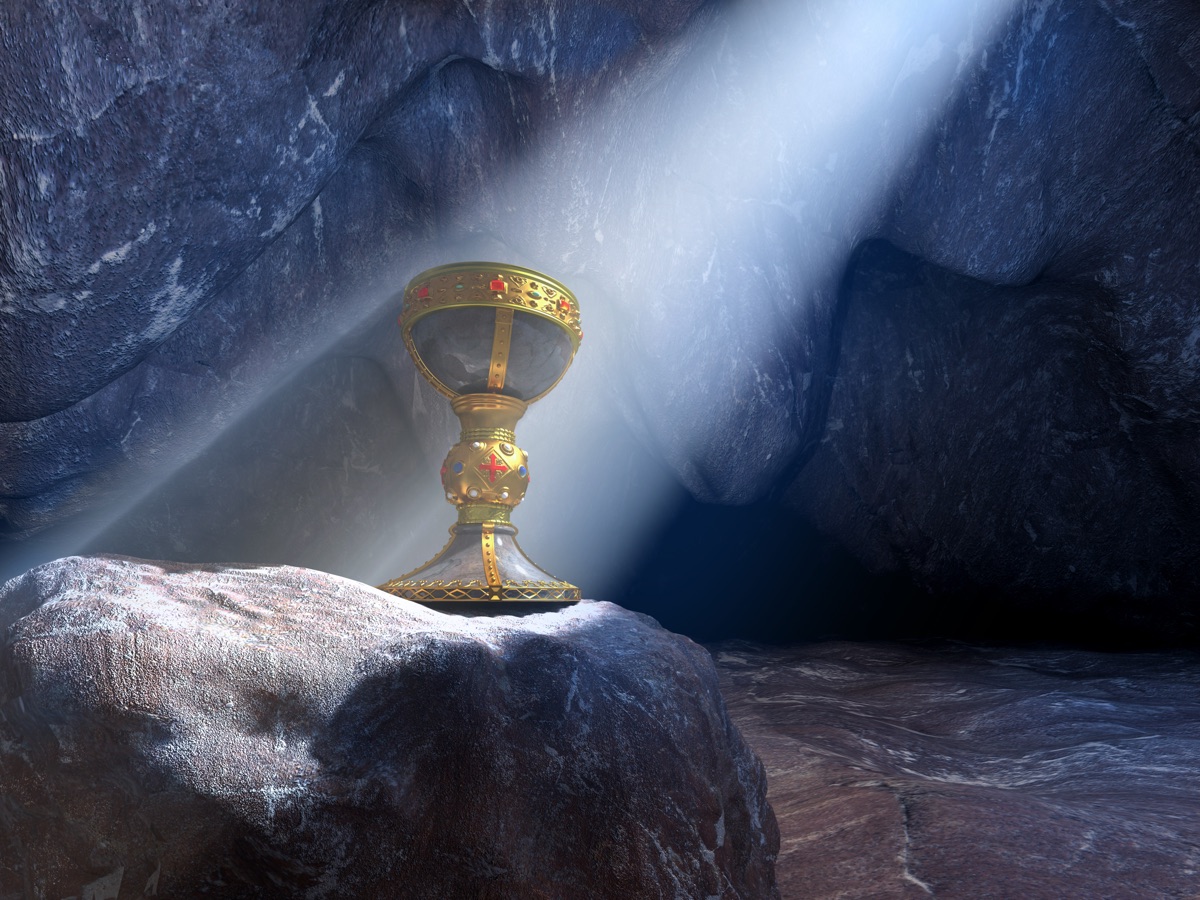
The Holy Grail, also called the Holy Chalice, is the cup Jesus supposedly used at the Last Supper, which he had with his disciples before he was crucified. According to the Bible, "Then he took a cup, and when he had given thanks, he gave it to them [the disciples], saying, 'Drink from it, all of you. This is my blood of the covenant, which is poured out for many for the forgiveness of sins.'" Matthew 26:27-28.
It's not clear what happened to the cup after the Last Supper, In fact scholars are not certain if the Last Supper even occurred. In medieval literature, King Arthur and his knights embark on a quest to search for the Holy Grail, which is said in Arthurian stories to have magical properties. Another medieval legend suggests that Joseph of Arimathea, the man who took responsibility for burying Jesus, traveled to Britain and brought the Holy Grail with him.
While these are popular and fascinating legends, scholars generally regard the stories as fictional. Scholars cannot even be certain whether the Last Supper actually occurred and if the Holy Grail ever existed. Even if the Holy Grail did exist it’s unlikely that it will ever be found.
An actual piece of the true cross

Around the world, there are literally hundreds of pieces of wood said to have come from the cross that Jesus was supposedly crucified on. One example was found in 2013 during an archaeological excavation in Turkey.
Relics of Jesus, particularly pieces of the cross, were particularly popular during the Middle Ages. The theologian John Calvin (who lived from 1509 to 1564) famously said that if all the supposed pieces of the true cross were gathered together, they could fill the cargo hold of an entire ship.
Such pieces are still popular today. In 2017, Live Science reported on a business that sold relics (including a bone supposedly from St. Nicholas) on eBay. Several pieces supposedly from the true cross were on sale at prices of around $500, Live Science found at the time.
At present, there is no supposed piece of the true cross that scholars agree is authentic, and it appears unlikely that one will ever be found, because it would have been made of wood and likely would have decomposed long ago. Even if a piece of the true cross did survive to present day it would be hard for scholars to identify it.
Copper Scroll treasures
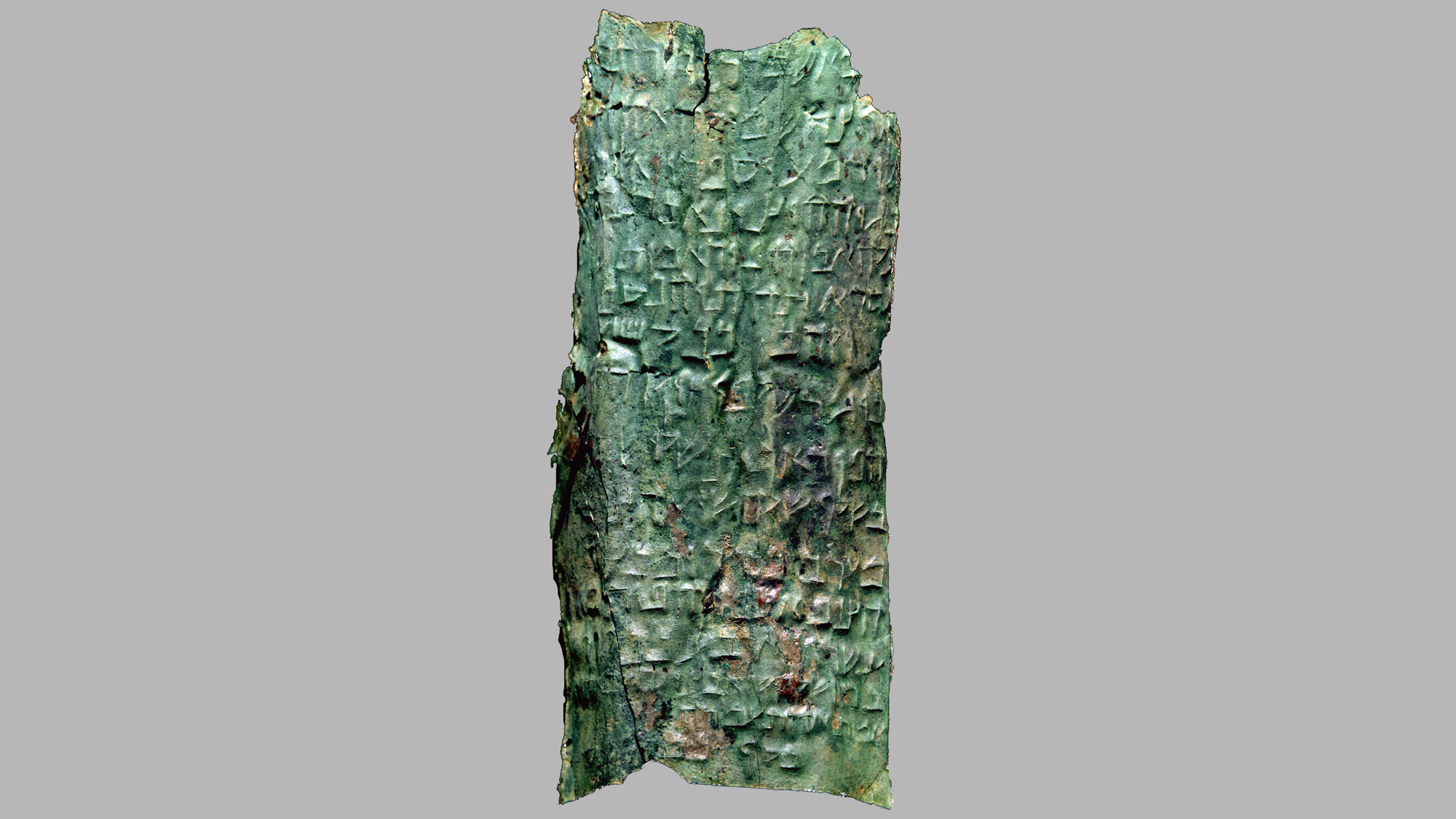
Found in a cave near Qumran, the "Copper Scroll" is one of the most unusual of the Dead Sea Scrolls. Inscribed on copper (as its name suggests), the "scroll" discusses the hiding places of a vast quantity of treasure. This booty includes gold and silver items that some scholars estimate weigh in at 65 tons (59 metric tons) of silver and 26 tons (24 metric tons) of gold in total.
The text's descriptions of the hiding places are cryptic and hard to understand. For instance, the scroll says that some of the treasure is "in the great cistern, which is in the courtyard of the little colonnade" (translation by J. T. Milik). Another batch is in "the eastward-looking cave of the pillar with two entrances," the scroll says.
Scholars debate whether these treasures ever existed. Some believe that the treasures could be real, perhaps hidden before Jerusalem was captured by the Romans in the year 70, while other scholars think the treasures may be fictional. In any event, it seems unlikely that they will ever be found.
Q source

Q source is the name that scholars give to a hypothetical text that may have been used to help write the Gospel of Matthew and Gospel of Luke. Many scholars believe that the Gospel of Mark was the earliest Christian Gospel and that the authors of the Gospels of Matthew and Luke used Mark and Q source to write their Gospels.
Archaeologists have yet to find a text containing Q source, leading some scholars to speculate that the source was an oral tradition that was never written down or that Q source never existed.
If Q source did exist and was written down, then it was probably not copied as widely as the Gospels of Mark, Matthew and Luke. While there are numerous copies of those Gospels from ancient and medieval times, not a single text of Q source survives today, and it appears unlikely that one will be found.
The real burial shroud of Jesus
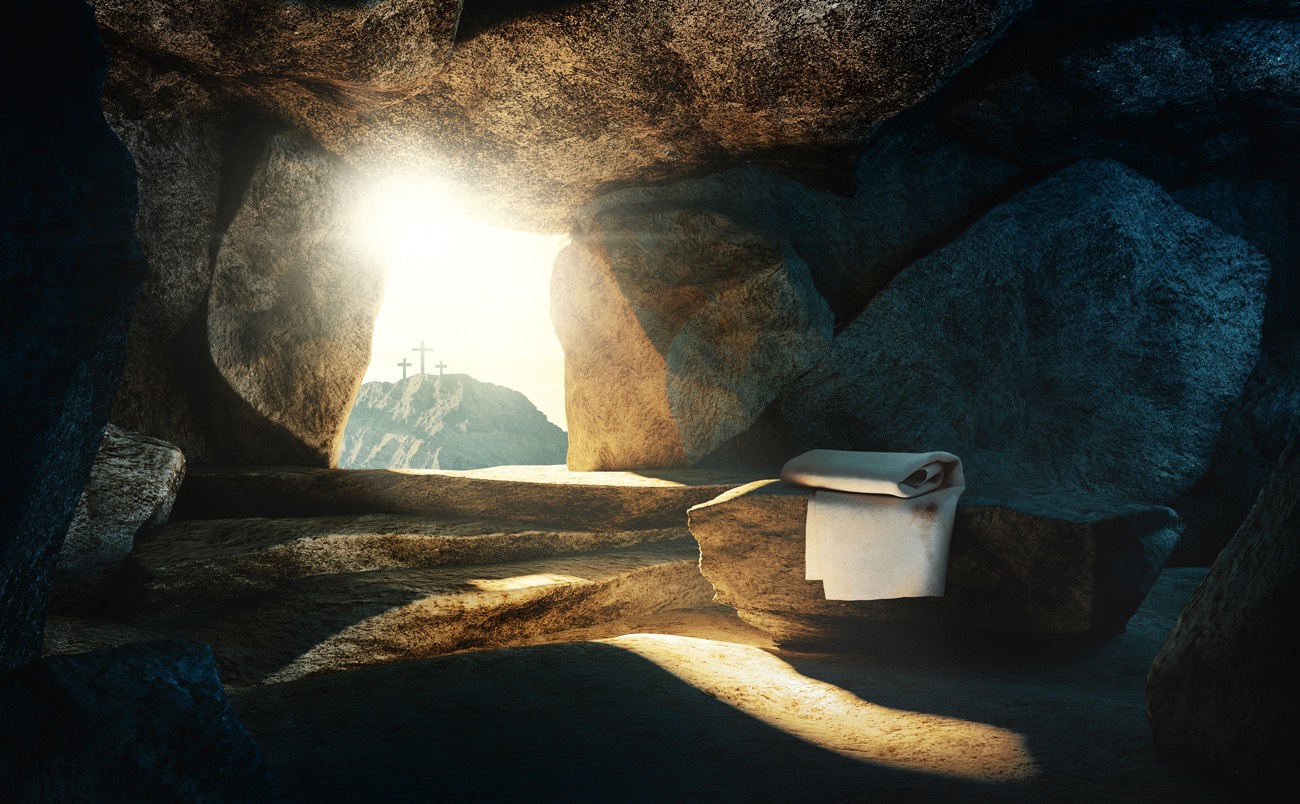
According to stories told in the Bible, a man named Joseph of Arimathea buried Jesus after his crucifixion. "Then, Joseph bought a linen cloth and taking down the body, wrapped it in the linen cloth and laid it in a tomb that had been hewn out of the rock. He then rolled a stone against the door of the tomb." Mark 15:46.
There has been great interest in finding this burial shroud. A number of forgeries have appeared over the centuries, the most famous being the Shroud of Turin, which was created in the Middle Ages.
It's not clear what happened to the actual burial shroud of Jesus. The Gospel of Luke says that after Jesus was buried, the apostle Peter entered his tomb and "bending over, he saw the strips of linen lying by themselves, and he went away, wondering to himself what had happened." Luke 24:12. Whatever happened to the real burial shroud of Jesus, it seems unlikely that it will ever be found.
Sign up for the Live Science daily newsletter now
Get the world’s most fascinating discoveries delivered straight to your inbox.

Owen Jarus is a regular contributor to Live Science who writes about archaeology and humans' past. He has also written for The Independent (UK), The Canadian Press (CP) and The Associated Press (AP), among others. Owen has a bachelor of arts degree from the University of Toronto and a journalism degree from Ryerson University.









